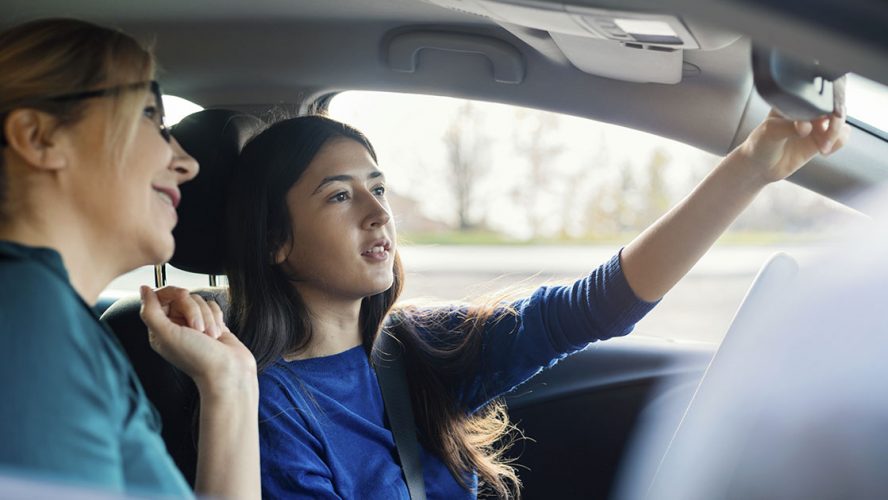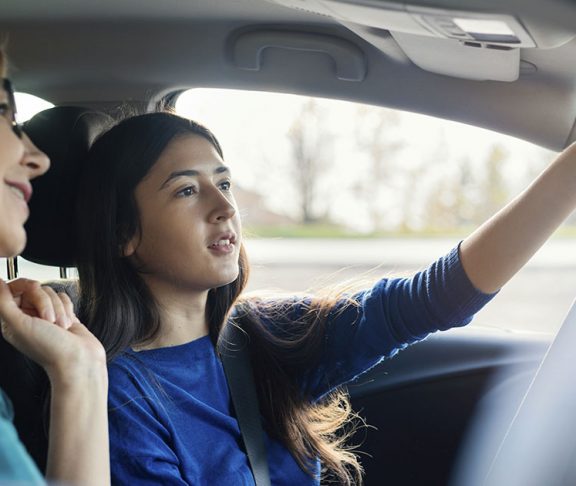
Dr. Bill Van Tassel Ph.D.
Manager of Driver Training Programs, AAA
When did learning to drive become so complicated? Why all the different licensing levels and mandatory hours of practice driving? It’s because per mile traveled, teens are the riskiest drivers on the road, and car crashes remain a leading cause of death for young drivers.
Every day, there are approximately five fatal crashes involving a teen driver. This is one reason why 42 states now require teens to complete a minimum of 40 or more hours of supervised practice driving, beyond the in-car training portion of driver education.
To support parents in conducting practice driving sessions during COVID-19 and beyond, The American Automobile Association’s (AAA) “Coaching Your New Driver – An In-Car Guide for Parents” offers behind-the-wheel lesson plans, including a variety of do’s and don’ts to make the learning experience as helpful as possible. AAA offers these tips for success when coaching a new driver:
- Keep practice driving sessions short — no longer than 25 minutes. Then take a break and talk about the session. Let your teen self-assess his/her performance before providing your input.
- Take different routes to frequent destinations. For example, when driving home, choose a different route as often as possible. This helps your teen gain experience on different types of roadways.
- Make sure your teen drives in a wide variety of conditions — at night, in the rain, even in the snow. You don’t want your teen to be driving on their own when they encounter these environments for the first time; you want to be sitting next to them, coaching through the unique challenges.
- Spend less time correcting maneuvering errors (braking, turning, and accelerating), and more time sharing your wisdom, personal experience, and what has worked for you. For example, you could share advice such as:
- “I find it’s good to assume that other drivers cannot see me at all and drive accordingly.”
- “To get more space around me, especially to the front, I just lift my foot off the accelerator for a couple of seconds.”
- “I expect every driver to take the action that puts me at the most risk. Then I create a plan to respond if I need to.”
Lastly, when you are behind the wheel with your teen, teach by example and minimize risky behavior when driving. Storing your phone out of reach, minding the speed limit, and staying away from impairing substances like alcohol and marijuana will not only help prevent many crashes from ever occurring, but set a good example for your novice driver.

